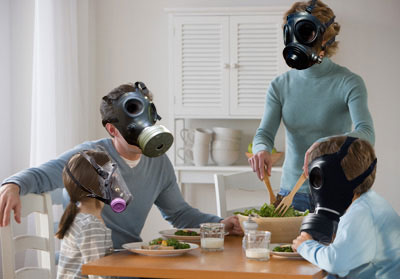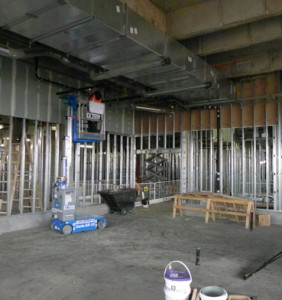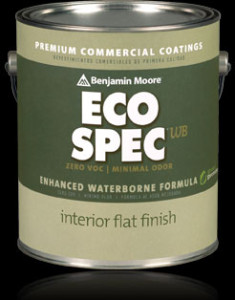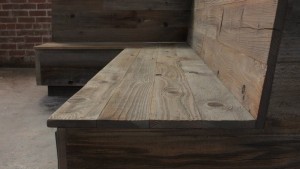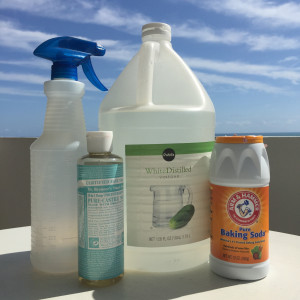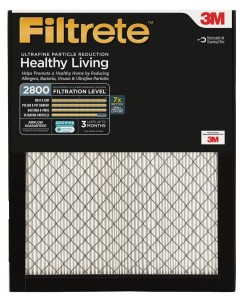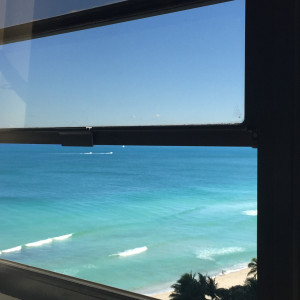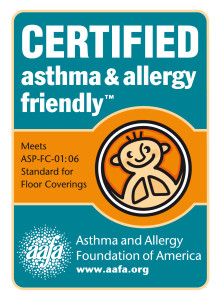- test :
We all know the saying, “You are what you eat,” but what if I told you that every day, you are putting seven times the amount of what you consume into your body in another way? -Say what? Air! The average person intakes approximately 35 lbs. of air per day and only eats 3-5 lbs. of food and water per day. Could we say… you are what you breathe? If so, are you watching what you breathe? The E.P.A. has found that Americans spend 90% of their time indoors, and indoor air quality is 2-5 times worse than outdoor air quality (and its been found to be 100 times worse in some cases). Add these facts together with the World Health Organization’s conclusion that 80% of all cancers are caused by environmental factors, rather than being genetic, and approximately 40% of Americans will likely develop some form of cancer over their lifetime; and… Well, to be on the safe side, you may want to consider following our 12 Tips to Improve Indoor Air Quality.
12. Integrate House Plants!
Snake Plants, Peace Lillies, and the Red-Edged Dracaena are fantastic at natural air filtration, and you can pick them up at your local home improvement and landscaping store. Integrating house plants with your architecture not only creates a serene environment; it also improves your health! Check out NASA’s Study on the subject: http://ntrs.nasa.gov/archive/nasa/casi.ntrs.nasa.gov/19930073077.pdf
11. Include Himalayan Salt Lamps!
Himalayan Salt Lamps improve the air through a process called hygroscopy, and they are a natural air ionizer. Plus, they look pretty cool. You can learn about them and buy them by searching Himalayan Salt Lamps online. -Want to know the science of it? Wikipedia explains: https://en.wikipedia.org/wiki/Hygroscopy.
10. Build with Paperless Gypsum Wall Board to prevent mold growth!
Mold is a living organism that grows where there’s moisture. Typical gypsum wall board (also known as sheet rock and drywall) consists of “paper” layers, and this paper absorbs moisture, which can lead to mold growth. Paperless Gypsum Wall Board (usually made with Fiberglass) helps prevent moisture absorption and mold growth. It is also more fire resistant. All of the major gypsum wall board brands, including Georgia-Pacific, National Gypsum, and USG have a version of this. Shown below is a Georgia-Pacific product. For more on mold, see what the CDC has to say: http://www.cdc.gov/mold/dampness_facts.htm
9. Construct with galvanized metal studs, rather than wood for wall framing.
If moisture weeps into your wall cavity, mold can grow on the wood… not to mention all sorts of other things than can be living in the space between your walls, which like to feed and live on wood. Metal on the other hand? Not so tasty. For the healthiest of environments, employ what is required for healthcare facilities… build with metal framing. You can learn more about rotting wood here: https://www.wbdg.org/resources/env_iaq.php
8. Use No VOC (Volatile Organic Compounds) Paint!
Have you ever gotten a whiff of that fresh paint smell, and thought, “I know this canNOT be good for me!” Well, you’re right! You’re inhaling potentially harmful chemicals. There are now a number of brands that offer paints with no VOC’s. Use them! Shown below is a billboard for one of these brands, Mythic paint. If you want, learn more about VOC’s from the EPA: http://www2.epa.gov/indoor-air-quality-iaq/volatile-organic-compounds-impact-indoor-air-quality
7. Use Mold-Resistant Paint!
Remember that line in Jurassic Park? “Life finds a way.” Well, mold is living, and its constantly looking for a place to thrive. Once you’ve taken away the paper in gypsum board and the wood framing in the walls, you’ll be best served by applying a natural, antimicrobial paint. While there are different ones on the market now, shown below and explained here is paint from Benjamin Moore: http://www.benjaminmoore.com/en-us/for-your-home/benjamin-moore-boosts-performance-of-commercial-coating
6. Include Formaldehyde free furniture, cabinetry, & finishes!
You know not to sniff glue, right? Formaldehyde adhesives and glues are used to create strong bonds, and if your furniture is made with typical particle board or plywood, you’re sniffing glue all day long! Using natural materials, such as real wood (like the Reclaimed Redwood Banquet by MellonWorks shown below) and real stone, reduces the amount of formaldehyde you’re inhaling. Be sure to use no or low VOC stains and sealants on your woodwork too! See what the American Cancer Society has to say about formaldehyde: http://www.cancer.org/cancer/cancercauses/othercarcinogens/intheworkplace/formaldehyde
5. Use natural house cleansers!
Have you ever watched the prescription drug commercials, heard all of the potential side effects, and thought, “Wow! The side effects sound worse than the original problem!” Read the warning labels on most cleaning products, and you’ll find that it reads like the latter part of those commercials! Using natural house cleaners can reduce the amount of pollutants in the air. You can mix your own eco-friendly cleaning products or buy some online, at a discount, from ThriveMarket. Don’t dirty your lungs by cleaning your floor! Follow the American Lung Association’s advice: http://www.lung.org/our-initiatives/healthy-air/indoor/indoor-air-pollutants/cleaning-supplies-household-chem.html?referrer=https://www.google.com/
4. Regularly change air filters & clean ducts!
Choose a HEPA filter with a high MERV rating, and schedule a duct cleaning every 3-5 years. Shown below is a 3M product for Healthy Living. For a deep dive on air conditioning, download this position paper from ASHRAE, the American Society of Heating and Air-Conditioning Engineers: https://www.ashrae.org/File%20Library/docLib/About%20Us/PositionDocuments/ASHRAE-Position-Document-on-Filtration-and-Air-Cleaning.pdf
3. Strategically place exhaust vents and operable openings (windows, doors, and skylights)!
When designing a new project, people often think of the human circulation within it, but it is important to also think about the air circulation within it. Before air conditioning, buildings were carefully designed to maximize cross ventilation, and breezeways were designed to capture the breeze! Smart and strategic air flow design can lower your energy bills and create a much healthier environment. Shown below is a diagram for natural cooling, for one of our projects, Element Aqua.
2. Open your windows to get natural air!
No matter how much you try to improve indoor air quality, outdoor air is usually better. Think of it this way- there are contaminants everywhere, but a drop of oil in a teaspoon of water makes a bigger difference than a drop of oil in the ocean. Outside is the ocean. Open the windows and doors, and let the fresh air in! Even if the weather isn’t ideal to leave your windows and doors open for long periods of time, a healthy practice is to “flush” your indoor air with fresh outside air, in short spurts, 2-4 times a day.
1. Use natural, solid flooring!
Many composite flooring materials and standard carpet paddings off-gas VOC’s. Also, typical carpet retains dirt and allergens. If you can’t use natural materials, choose products certified by FloorScore or the Asthma & Allergy Foundation. For more on some of these certified products, see: http://www.asthmaandallergyfriendly.com/flooring.html
Want to know more about Healthy Architecture? Send us a quick message here, and we’ll keep you in the loop!
Like our content? Share it with your friends!
